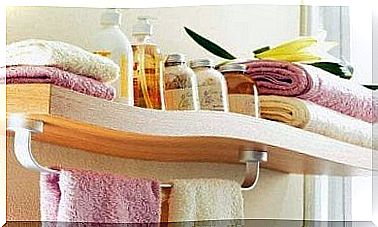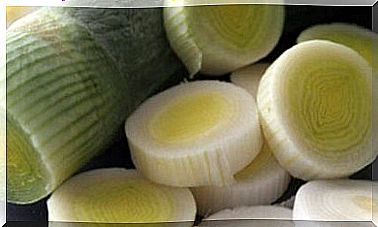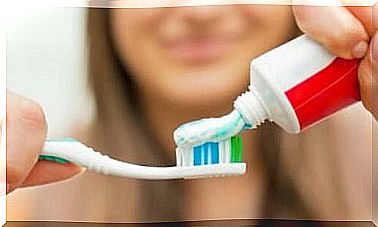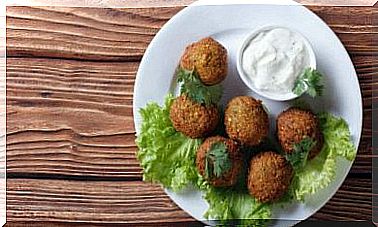Is It Advisable To Heat Plastic In The Microwave?
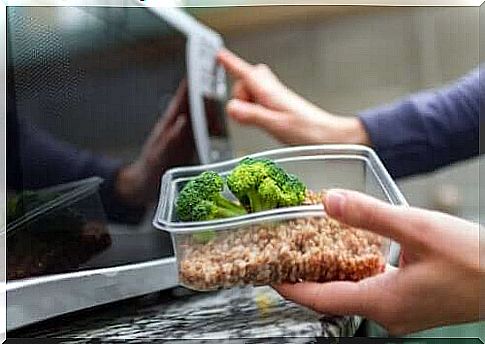
Domestic life is surrounded and facilitated by packaging made of synthetic material of organic origin, composed of polymers. That’s why heating plastic in the microwave is a common habit, but many wonder if doing so is healthy or could be harmful.
Familiarity didn’t stop the alarms from going off. We know that when food is heated in the microwave, the molecular vibration changes its chemical composition. Likewise, the packaging can also be modified.
The debate is extensive and full of arguments for and against the use of microwaves. There are detractors and those who argue that, with the right plastic and knowing the properties of food, it is safe, as declared by the World Health Organization (WHO). Find out in this article the suitable plastics and the risks of using the microwave.
What types of plastic are there?
Plastics are classified as natural and synthetic. Synthetics include thermoplastics, thermosets and elastomers. According to the established coding, they are identified with a Möbius triangle, the international recycling symbol, and a number up to 7:
- PET (polyethylene terephthalate): has several properties, such as transparency and dye admittance. It’s durable, lightweight and easy to recycle. It is usually used for packaging beverages.
- HDPE (High Density Polyethylene): it is flexible, although with some rigidity. Resists chemical impacts and high and low temperatures. Colorless and almost opaque, easy to print, paint or paste. It is used in food packaging, cleaning products or motor oil.
- PVC (Polyvinyl Chloride): This is a very flexible and transparent plastic, common in bags, laboratory containers or frozen foods. Once recycled, it can be used in containers, dumps and pipes.
- LDPE (low density polyethylene): with little margin for recycling and the least used in the food chain due to the ease of releasing toxins. Resistant to acids. Due to its hardness, it is used in tubes, pipes, medical equipment, detergent bottles and other applications.
- PP (polypropylene): also resistant, with thermal stability, easy to mold and color. It’s in bottle caps and diapers. Resistant to chemical agents, boiling water and detergents. It is the only one that the World Health Organization recommends for contact with food.
- PS (Polystyrene): Known as plastic glass , it is hard and is used in food, toys and laboratories.
- Others (mixed plastic): product that is difficult to recycle, made up of various materials. It is used in many objects such as baby bottles, baby cups, medical containers, car parts and compact discs.
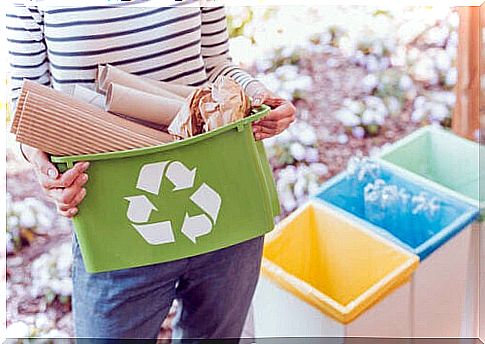
Which plastics are safe to use in the microwave?
Following the identification codes and regulations, the suitable containers for use in microwave are numbered 1, 2 and 5, and have the inscription “microwave-safe” . Only these are designed to be heated without altering their physicochemical stability and without the migration of toxic particles.
With baby bottles, you have to be careful because for decades they were made of polycarbonate. This material in the microwave releases bisphenol-A, an endocrine disruptor. Currently its manufacture is prohibited, being replaced by , which can be heated. However, we will confirm on product labels that they do not contain BPA.
As we can see, the variety of plastics is wide and, at home, we usually reuse them. In fact, we convert containers that were not designed for this purpose into food or water containers, or we believe that, because they are plastic, they serve to heat up momentarily in the microwave.
What are the risks?
Far from being inert, certain plastics subjected to heat or cold release dioxins, toxic substances and carcinogens. These pass into food in a chemical process known as migration .
Although some analyzes estimate an overestimation of the migration process, evaluating the scientific arguments requires prudence. Let’s look at some examples:
- If the container is numbered 7, it means it contains bisphenol. In large amounts, it can be harmful to the body. It is an exogenous substance that, according to research, is related to obesity, endocrine disorders and chronic-degenerative diseases.
- Those with the number 3 and the initials PVC contain phthalates, chemical compounds used as plasticizers, which are harmful to health.
- Never microwave food in plastics with numbers 4 or PVC (polyvinyl chloride) or 6 or PS (polystyrene).
Another study revealed that people who use the microwave often do not know the proper plastic to do this. Even worse, they use any container and overheat the food. This increases the possibility of migration of foreign substances from the surface of the material to the food.
Added to this is what is derived from the patterns of life and work that promote the reheating of high-fat foods. In fact, migration increases when products with these characteristics are heated and the contact time is extended.
Other options for not heating plastic in the microwave
If we don’t have a suitable plastic to use in the microwave, we should use glass or ceramics that can withstand temperatures to heat food without problems. If the heating is only a few seconds, the use of cardboard, preferably white, will not bring any risk.
Among the best options are those made of silicone and Pyrex glass , which we can use both in microwave ovens and in conventional ones.
Metal ones were discarded for use in the microwave. Currently, according to the manufacturers’ recommendations, you can use aluminum foil. Containers made from this material, designed to be used in microwave ovens, are present on the market today.

To heat plastic in the microwave, check the classification on the container.
We recommend prioritizing containers approved for this type of use by manufacturers. The standard establishes that they come labeled with the specification of the type of plastic; therefore, we must know and use the information well.
On the other hand, if we have difficulty recognizing which plastic can be safely heated, we should be on the safe side for glass or ceramic. It is also necessary to determine if we only need to heat up and not cook. For the former, the time is shorter, so whether it’s plastic or glass, the exposure doesn’t cause any problems.
The same doesn’t happen when cooking. In this case, we will not carry out the task without the container identified with the necessary characteristics to prepare the food in the microwave. Let’s avoid those that are deformed or heavily worn as they are more likely to release chemical compounds.


